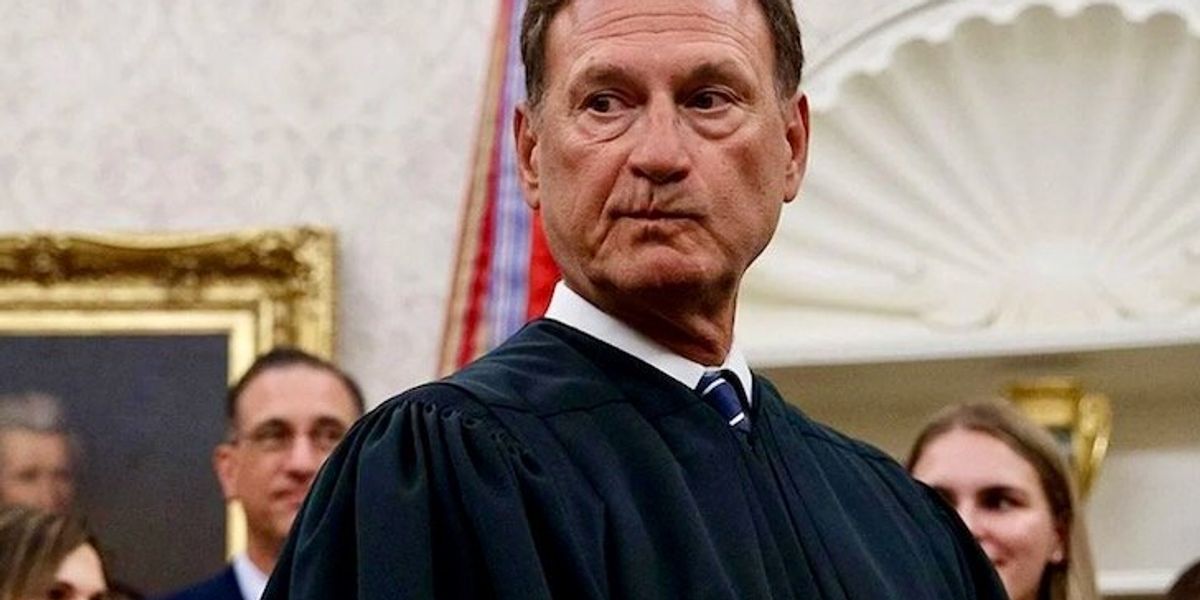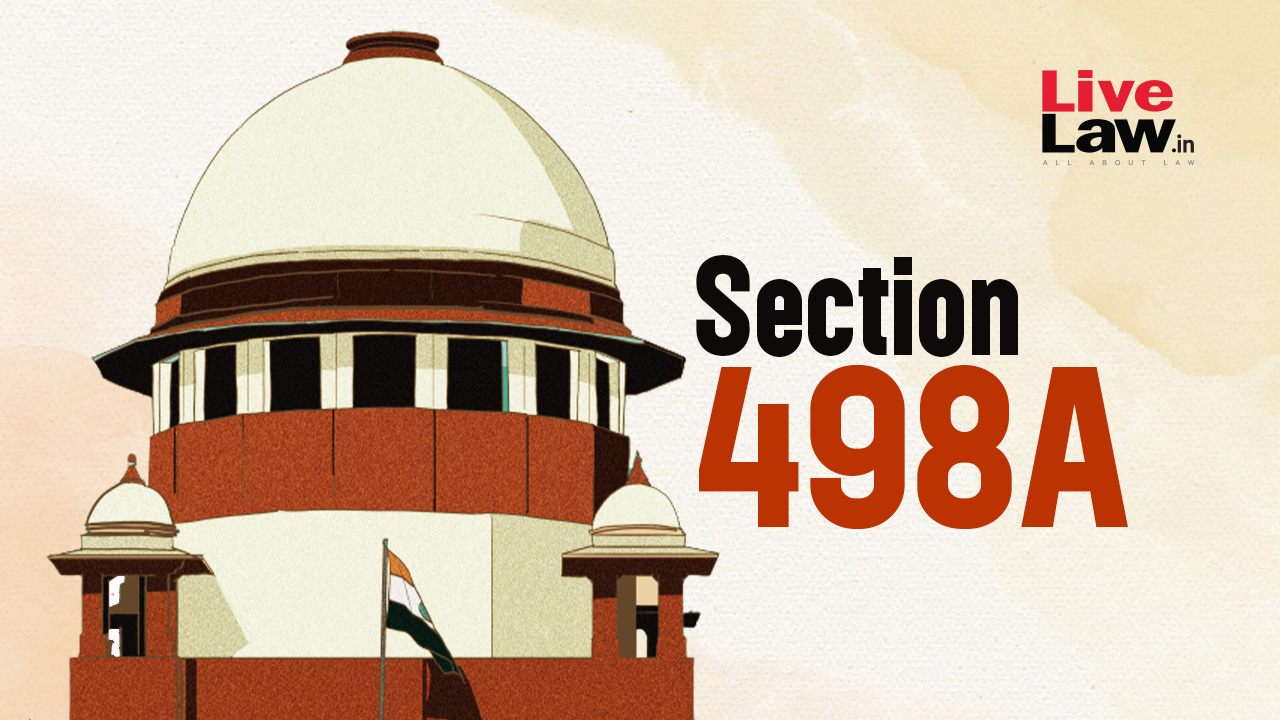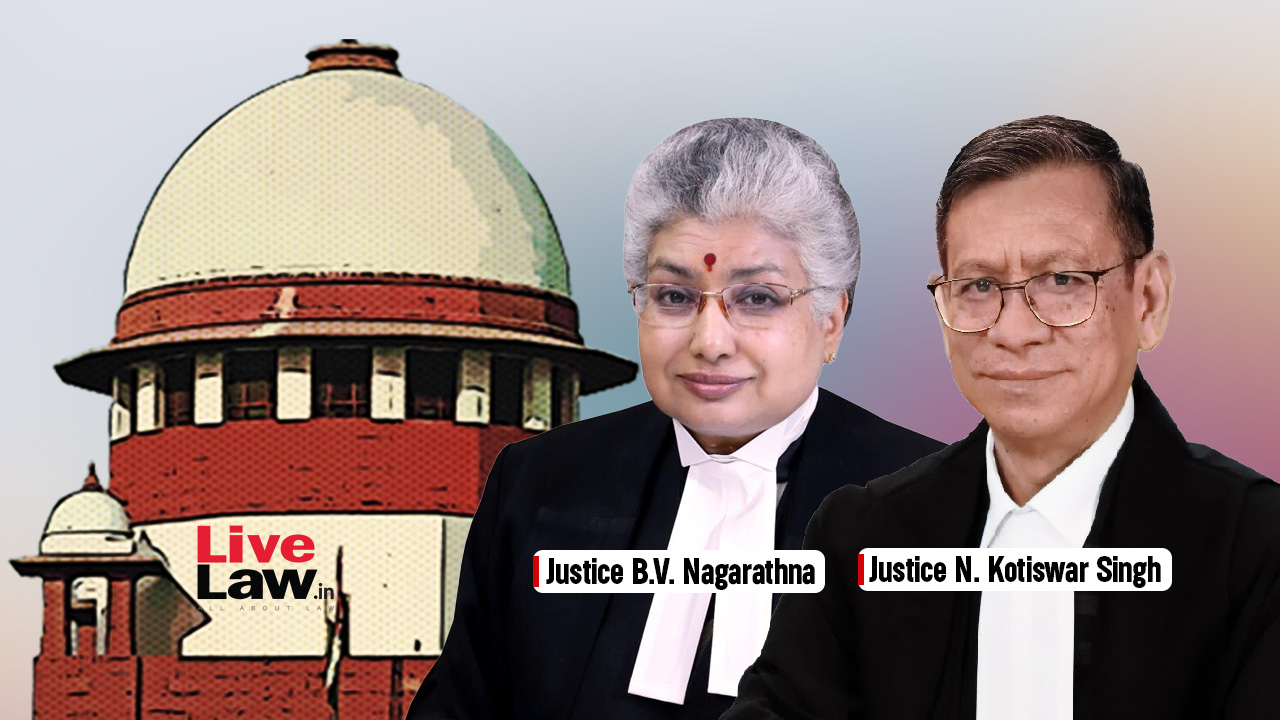Supreme Court’s verdict on same-sex marriages | Explained
The HinduThe story so far: The legal road to marriage rights — six months, five years and even longer in the making — has reached a divisive pit stop. However, the majority opinion said the government is not “obligated to recognise the bouquet of rights flowing from such a Union.” Justice Bhat added in his opinions that, “If we throw caution to the wind, we stand the risk of paving the way to untold consequences that we could not have contemplated.” Since Justice Bhat’s majority view rejects interpreting legal statutes to recognise civil unions, it is “unlikely that this version of statutory interpretation will find much purchase,” says Mr. Ramesh. The Bench, however, reiterated the need to strengthen sensitisation about queer relationships, noting that children of same-sex couples face stigma due to “the inherent biases that the society holds against queer communities.” Mr. Ramesh points out the Court did not base its opinions on heterosexual couples being better parents than homosexual parents. On sex, gender and discrimination “We don’t expect this to be a significant bouquet of rights, not even close to what was demanded in the petitions before the Court.”Anish Gawande The verdict observed that marriage is not a static institute and the “sole purpose of marriage is not to facilitate sexual relations or procreation, although that may be one of the main motivations for entering into a marriage.” The Union Government had reiterated in its submissions that same-sex marriage is incomparable to a man and woman living as a family because children are borne out of the union. Beyond recognising natal family violence, it “doesn’t provide any real immediately actionable right to queer couples.” The Court called on the Solicitor General’s submission that the government will constitute a committee, chaired by the Cabinet Secretary, to set out the benefits and entitlements for same-sex couples.
History of this topic

Same-Sex Marriages: SC Defers Review Plea As Justice Sanjiv Khanna Recuses From Hearing
ABP News
Same-sex marriage: Supreme Court to hear review petitions on case today
Hindustan Times
Same-sex marriage: CJI to consider requests for open court hearing of same-sex marriage verdict review
The Hindu
Same-Sex Marriage: Supreme Court Denies Open Court Hearing For Review Plea Against Judgment
ABP News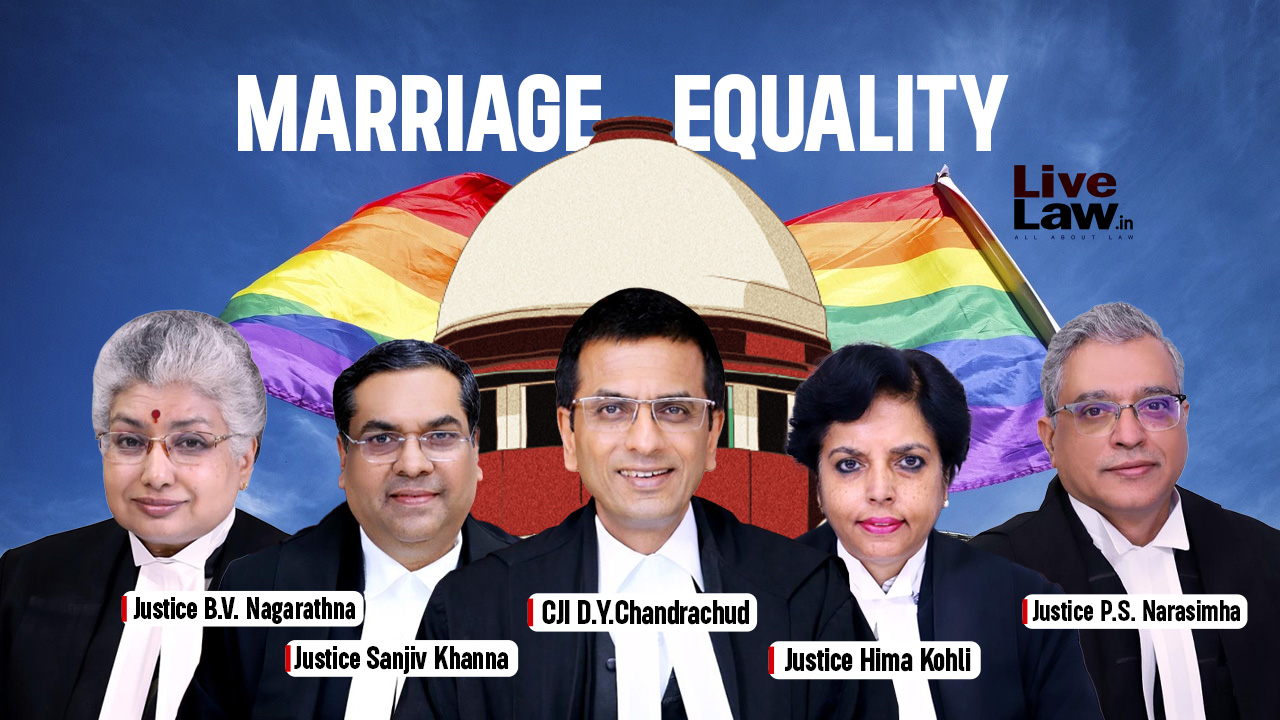
Marriage Equality Case : Supreme Court To Consider Review Petitions On July 10; Justices Sanjiv Khanna & Nagarathna Replace Retired Judges
Live Law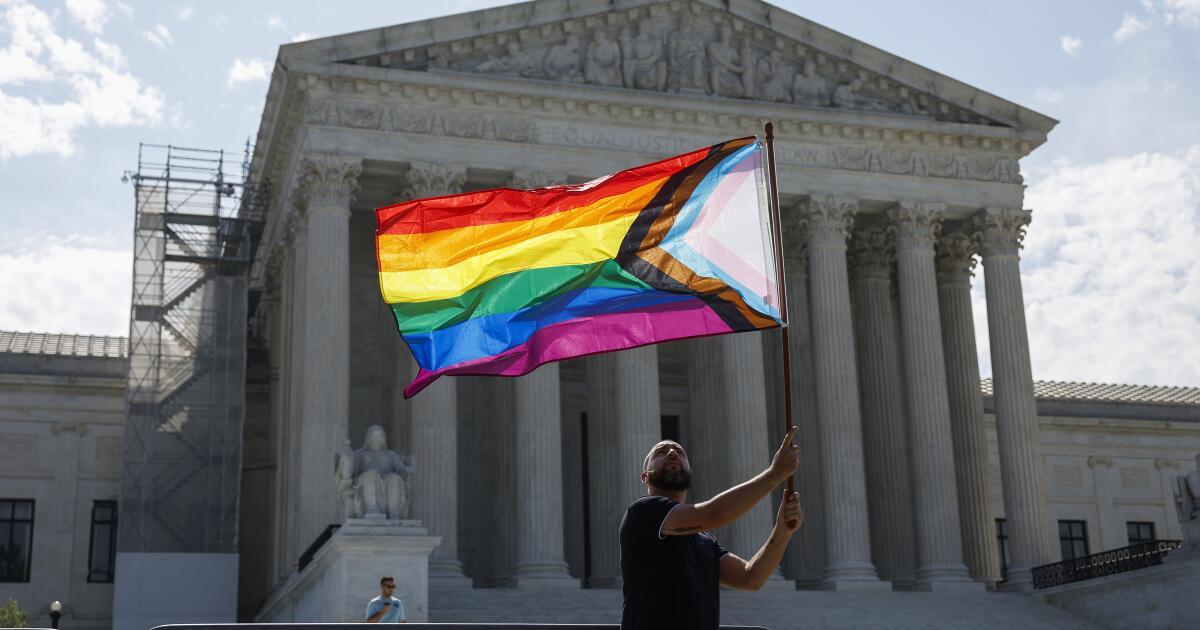
Opinion: As conservatives target same-sex marriage, its power is only getting clearer
LA Times
Civil unions and marriage: Where are we in India?
Hindustan TimesSC to Consider Same-sex Wedding Plea
Deccan Chronicle
A cautionary tale for cause lawyers
Hindustan TimesSame-sex verdict compels queer couples to lead dishonest lives, review petition tells Supreme Court
The Hindu
Marriage equality order is not just about LGBTQ+
Hindustan Times
'Complex area wasn't confined to...': In US, CJI DY Chandrachud explains queer verdict
Hindustan Times
CJI Chandrachud stands by minority judgement on queer couples, says ‘it’s sometimes a vote of conscience’
India TV News
On marriage equality, a missed opportunity
Hindustan Times
The Supreme Court’s ‘no fundamental right to marry’ is wrong
The Hindu
Supreme Court’s same-sex marriage verdict acts as a formidable document upholding the Indianness of homosexuality and gender queerness
The Hindu
Dissecting the same-sex marriage verdict
New Indian Express
Why did the Supreme Court not allow same-sex marriage? | Explained
The Hindu
Justice Obiter Dictum: Why the Marriage Equality Cause Lost the Battle in SC - News18
News 18
A task for the House to finish?
Hindustan Times
Same-sex marriage and the fundamental right to marry | Explained
The Hindu
Supreme Court declines legal recognition of the right to marry for queer couples.
The Hindu)
How the US has reacted to Supreme Court's ruling on same-sex marriages in India
Firstpost
Agree with SC's Majority View, Adoption Can't Merely be Decided by Law: Sai Deepak on Same-sex Marriage
News 18
Decoding the Supreme Court’s judgement against same sex marriage legalisation | In Focus podcast
The Hindu
Marriage Equality Case : Conclusions & Directions Of Supreme Court Judgments
Live Law
'Upset My Wedding Plans': Dutee Chand On Supreme Court's Verdict On Same-Sex Marriage
ABP News
Right To Civil Union, Adoption, Transgender Persons' Right To Marry: Where Supreme Court Bench Agreed & Disagreed In Marriage Equality Case
Live Law
Same-sex marriage verdict: Points of agreement, divergence between the 5 Supreme Court justices
Hindustan Times
Law and custom: On the Supreme Court’s verdict on same-sex marriage
The Hindu
No legal marriage rights for same-sex couples, rules SC
Hindustan TimesQueer Couple on Same-sex Marriage Verdict: We have lost, yet we remain hopeful
The Hindu
SC Ruling on Same Sex Marriage: Supreme Court divided on allowing unmarried couples to adopt children jointly
The Hindu
Invoking the spectre of judicial legislation
Hindustan Times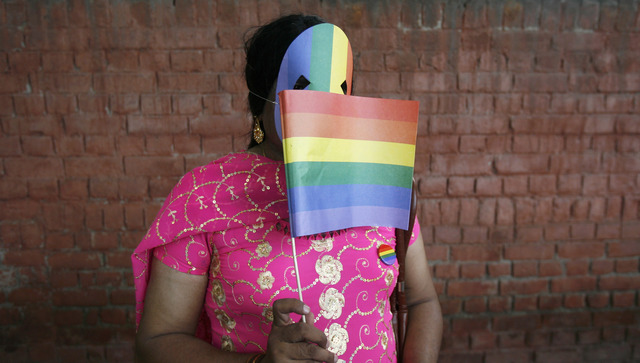)
Same-sex marriage verdict: What’s next on the road to marriage equality for India?
Firstpost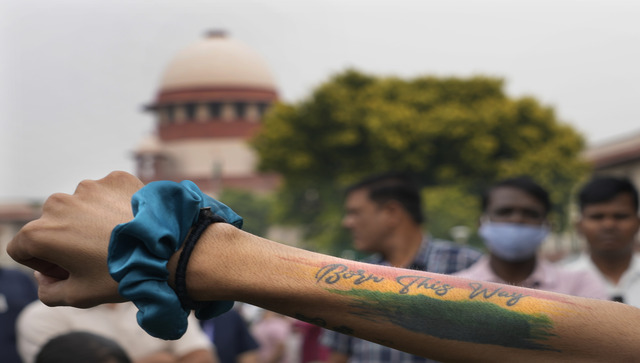)
Same-sex marriage verdict: What are Supreme Court’s orders for Centre, states, police?
Firstpost
Supreme Court orders govt to protect queer rights, sensitise public. Check list
Live Mint)
Same-sex marriage verdict: Can unmarried partners, gay couples now adopt in India?
FirstpostSame-sex marriage | Supreme Court’s majority view holds that it cannot legalise queer unions
The Hindu
In 3:2 Majority Verdict, SC Rules Same-Sex Couples Can't Adopt A Child. Read Who Said What
ABP News)
Same-Sex Marriage Verdict: All that the Supreme Court has allowed
Firstpost
'What CJI said was very good': Petitioner on SC's same-sex marriage ruling
Hindustan Times
India’s Supreme Court refuses to legalize same-sex marriage
Hindustan Times
SC refuses to legalise same-sex marriage, says queer couples have right to cohabit
Hindustan TimesFive-judge SC bench refuses to grant legal recognition to same-sex marriage
Deccan Chronicle
SC Says Queer Couples Can Live-In, But Doesn't Legalise Marriage. Onus On Parliament Now
ABP News
'Homosexuality not urban elitist concept': What SC judges said on same-sex marriage
Hindustan Times
Same-sex marriage verdict: In 3:2 judgment, SC bench refuses to grant legal recognition; puts onus on Parliament
Hindustan Times
'No right for queer couples to jointly adopt’: SC in same-sex marriage verdict
Hindustan TimesDiscover Related
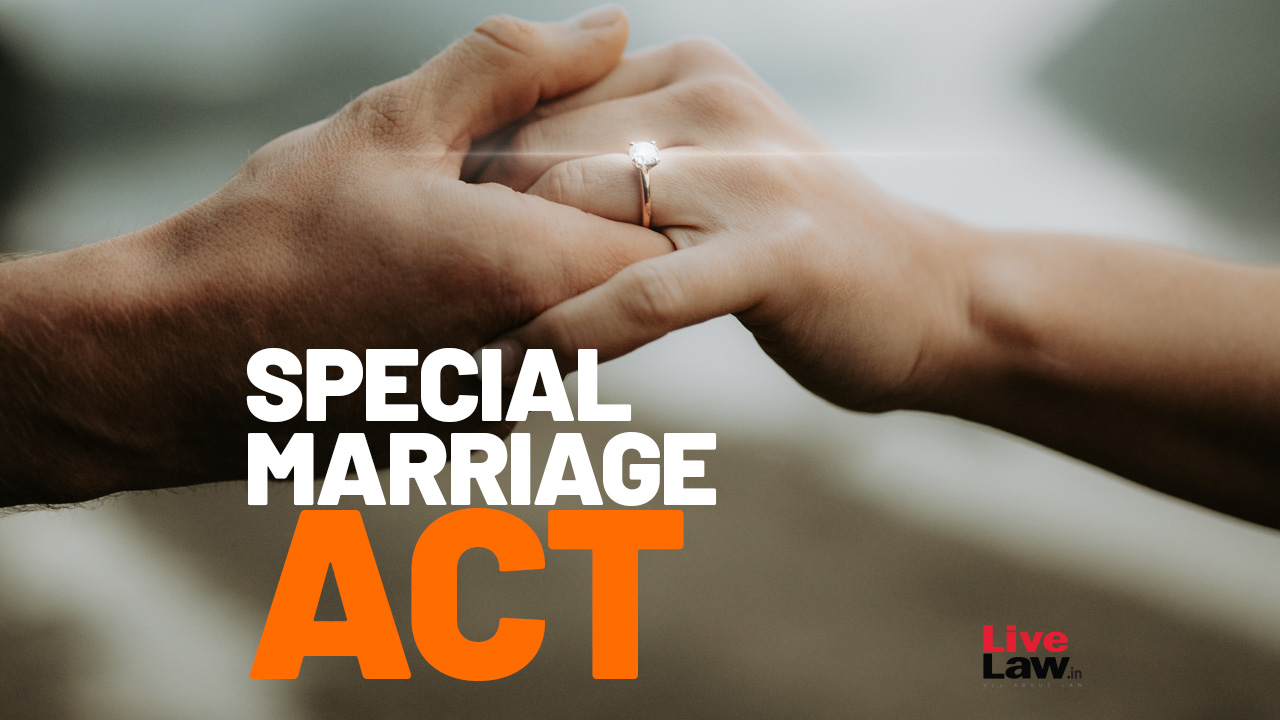
![100 Important Supreme Court Judgments Of 2024 - Part 1 [1-25]](https://www.livelaw.in/h-upload/2024/12/18/577180-100-important-judgments-of-2024.jpg)




